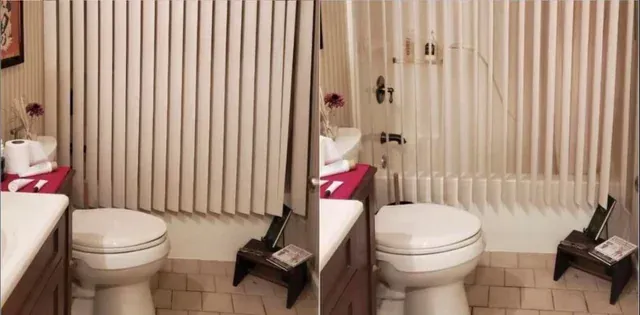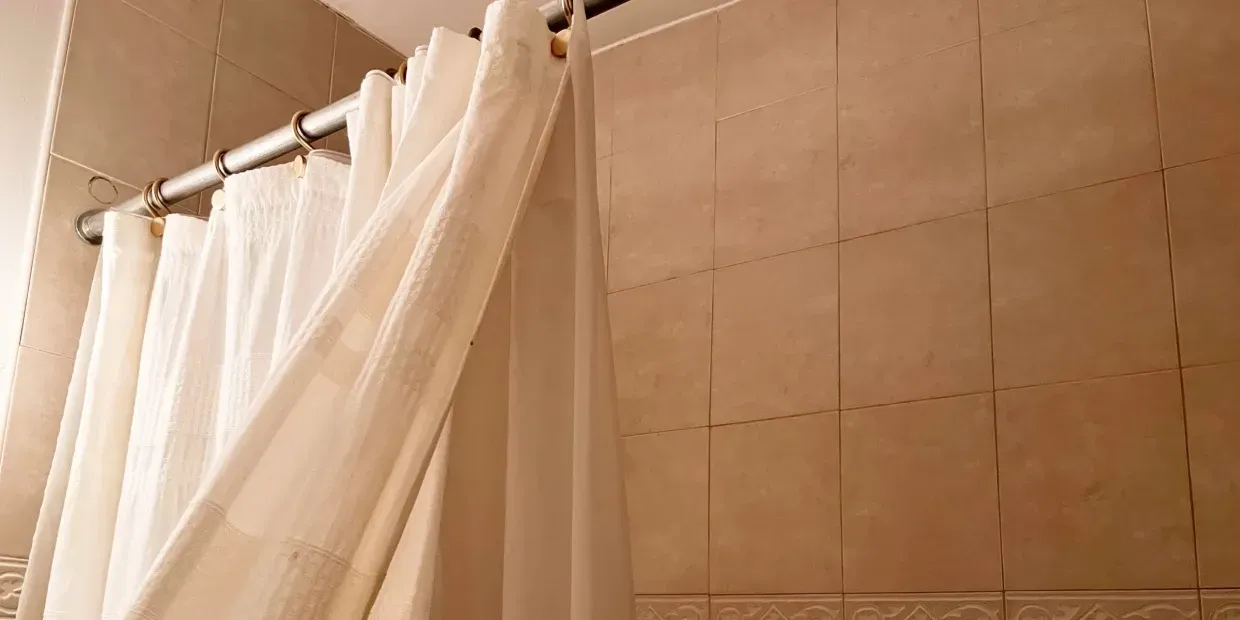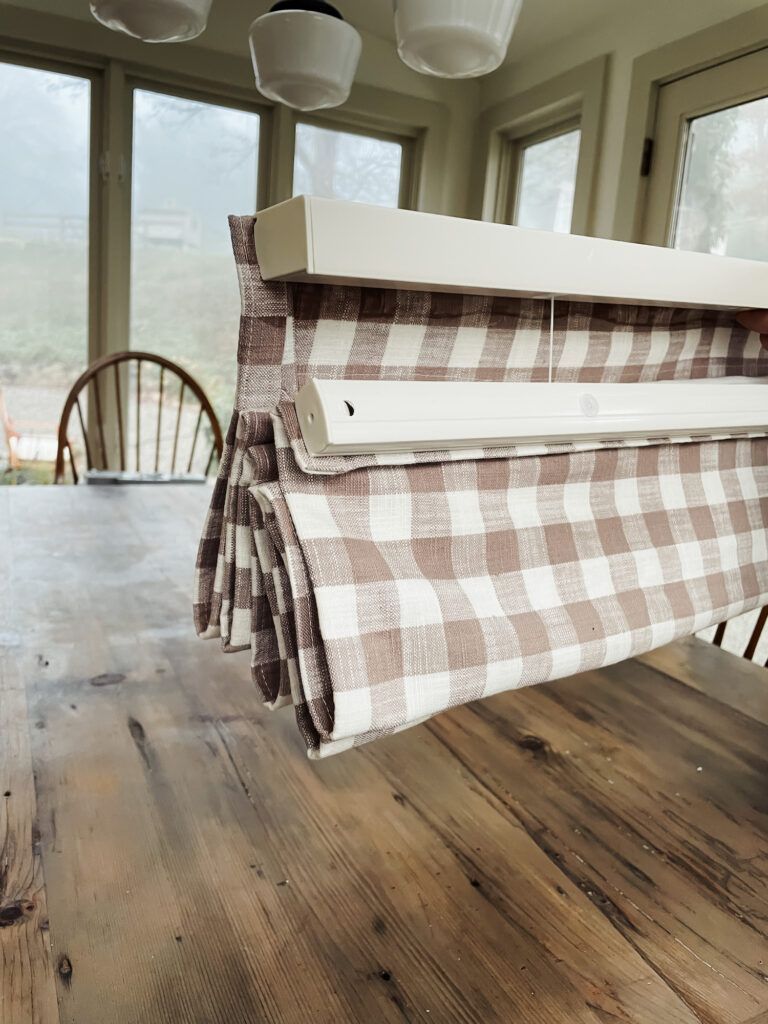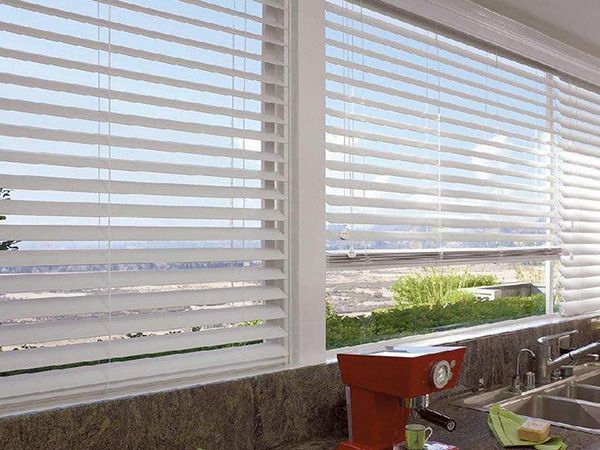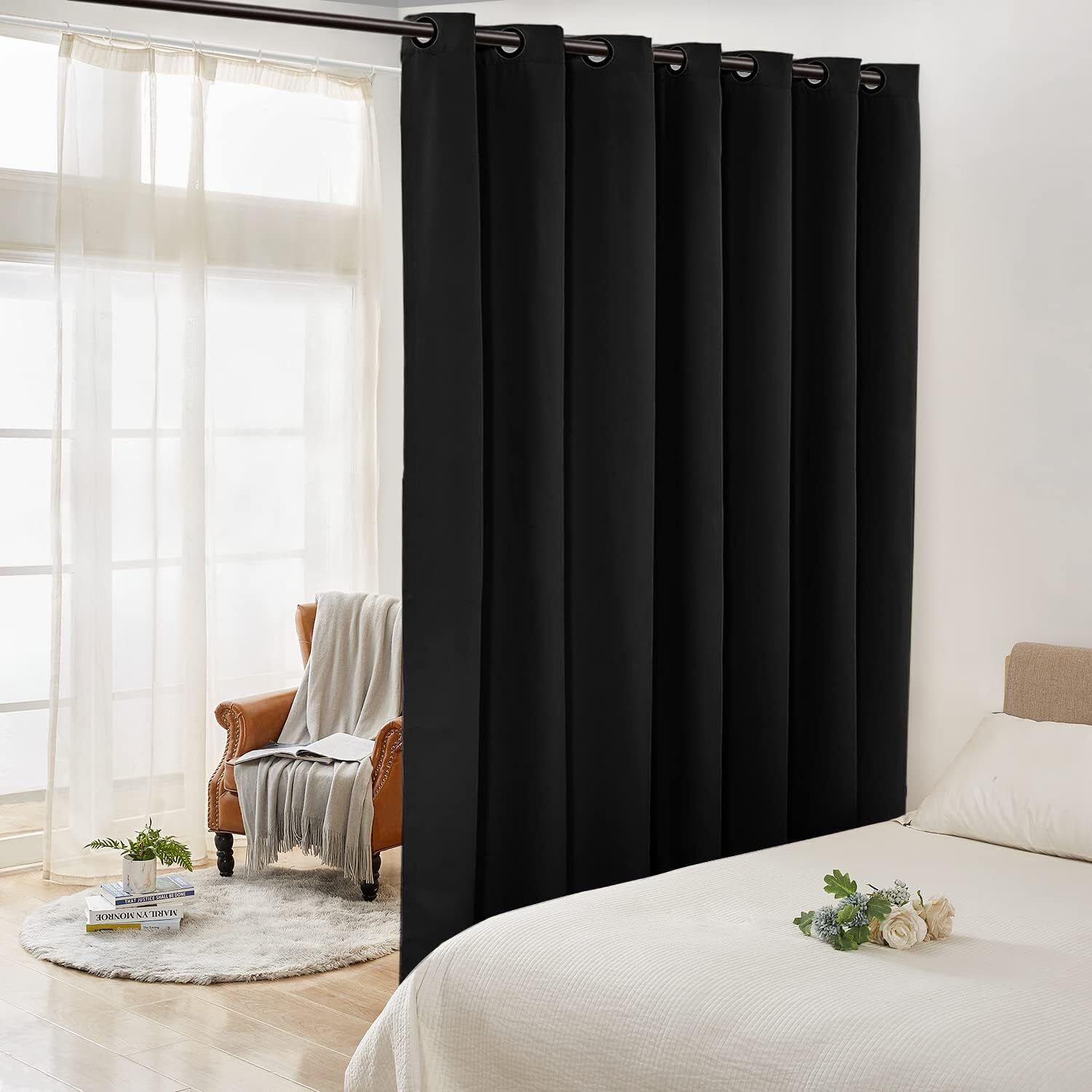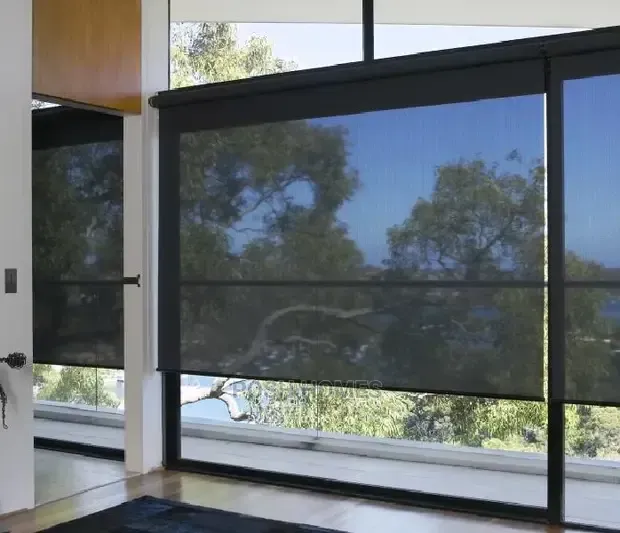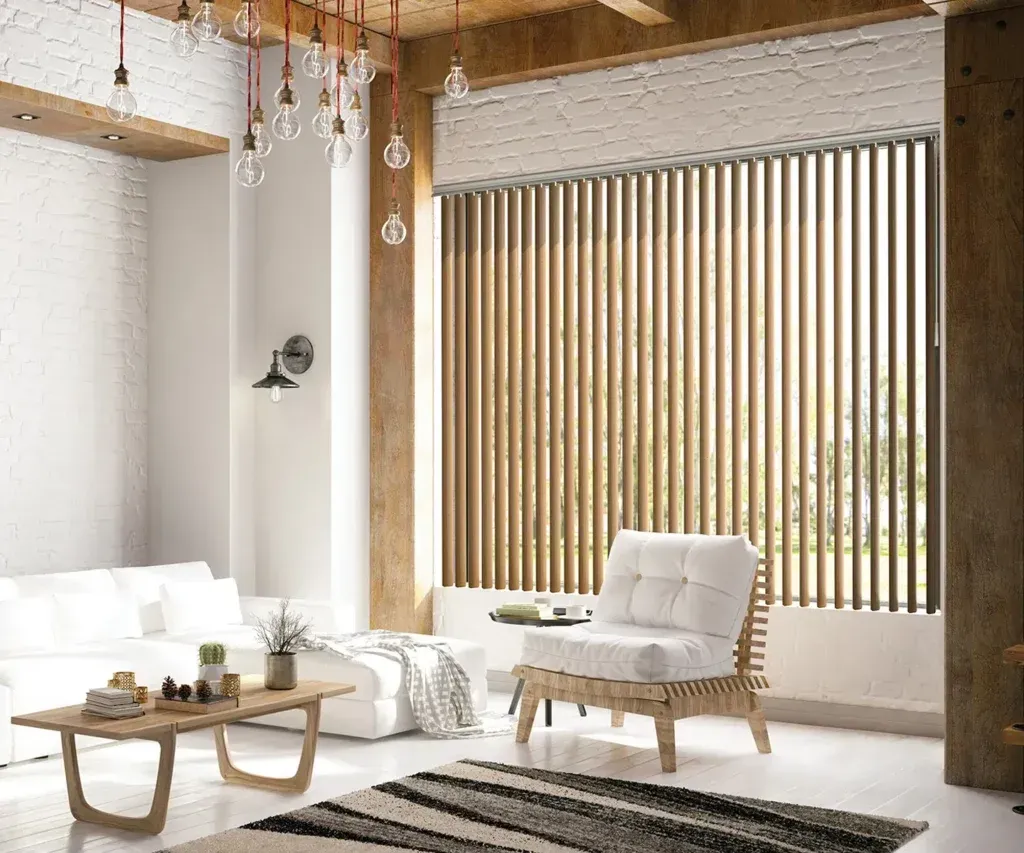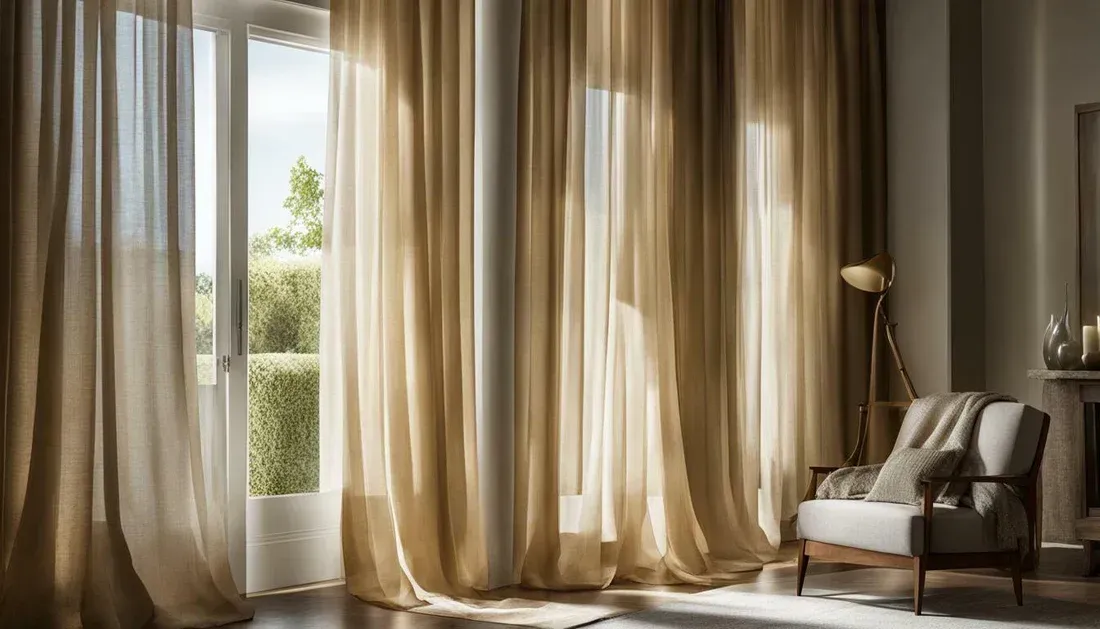New Paragraph
Single Cell vs Double Cell Blinds: Which One is Better?
When it comes to window treatments, the choice between single cell and double cell blinds can have a major impact on your home's energy efficiency, insulation, and overall comfort. Whether you're a homeowner looking to lower energy bills or an office manager wanting to enhance aesthetics, choosing the right blinds is crucial.
What Are Single Cell and Double Cell Blinds?
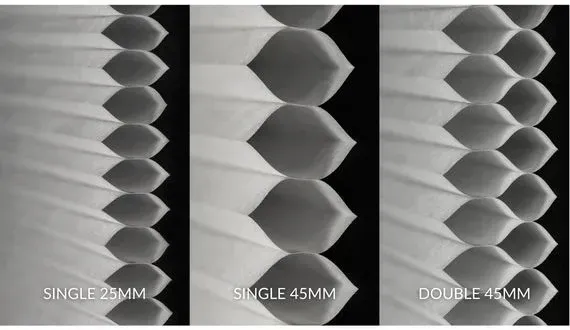
Single cell blinds and double cell blinds are types of honeycomb or cellular blinds known for their insulating properties. Their unique construction resembles a honeycomb shape, creating pockets that trap air and help maintain indoor temperature. Single cell blinds feature one layer of these pockets, while double cell blinds have two layers, creating a stronger insulation barrier.
Single vs Double Cell Blinds: Key Differences Explained
When comparing single cell and double cell blinds, several factors come into play. Let’s explore the primary differences and what each type has to offer.
Insulation: Why Double Cell Blinds Excel in Energy Efficiency
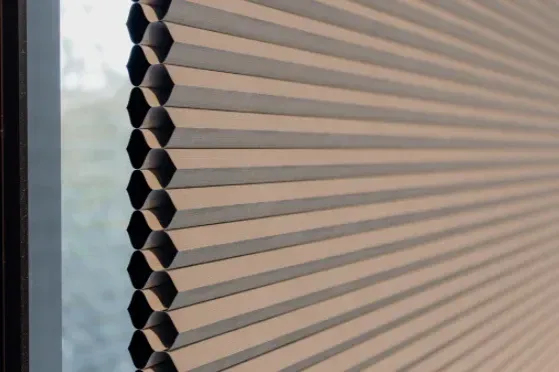
Double cell blinds generally offer superior insulation due to the additional layer of air pockets, making them ideal for regions with extreme temperatures. This extra layer enhances temperature control, ensuring a comfortable indoor environment and often leading to reduced energy bills.
Single cell blinds, while still providing good insulation, do not match the double-layered structure’s efficiency. For those living in milder climates, however, single cell blinds may provide sufficient insulation without the extra investment.
Cost: Single Cell Blinds as a Budget-Friendly Option
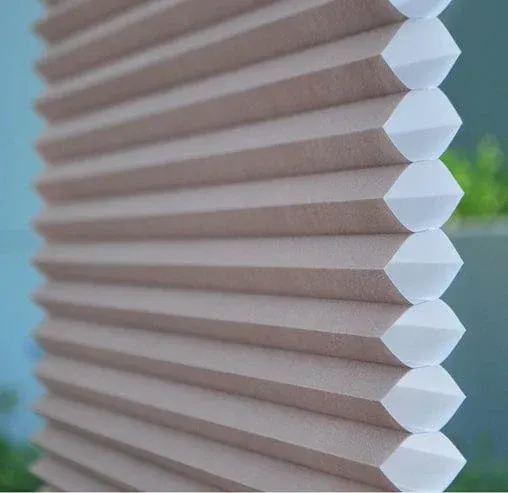
On average, single cell blinds tend to be more affordable than double cell blinds. If budget constraints are a primary concern, single cell blinds offer a practical option, delivering decent insulation and aesthetics at a lower cost. For budget-conscious consumers, single cell blinds can meet insulation needs effectively without stretching finances.
Double cell blinds are generally more expensive due to their complex construction and added benefits. However, the potential for energy savings in the long run might offset this initial cost, particularly in areas where energy costs are high.
Appearance: Single Cell Blinds for a Sleeker, Less Bulky Look
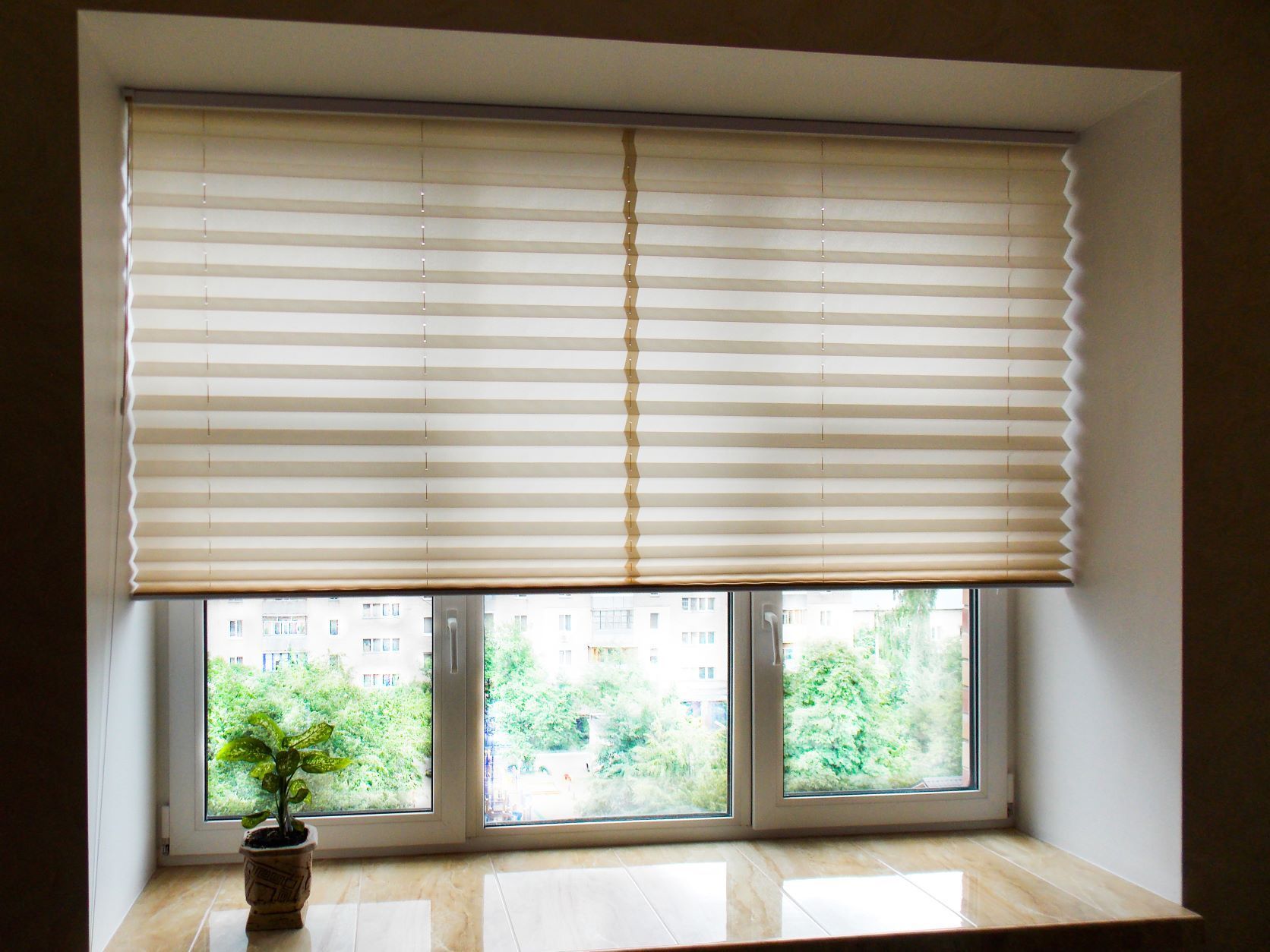
The structural design of single cell blinds usually results in a thinner, more streamlined look. This aesthetic appeal can work well in modern spaces or for large windows where the presence of double layers might appear too busy. Double cell blinds, on the other hand, add extra bulk due to their double layers, which can suit smaller windows or rooms where maximizing insulation is more critical than aesthetics.
Honeycomb Blinds Benefits: Energy Efficiency, Noise Reduction, and Light Control
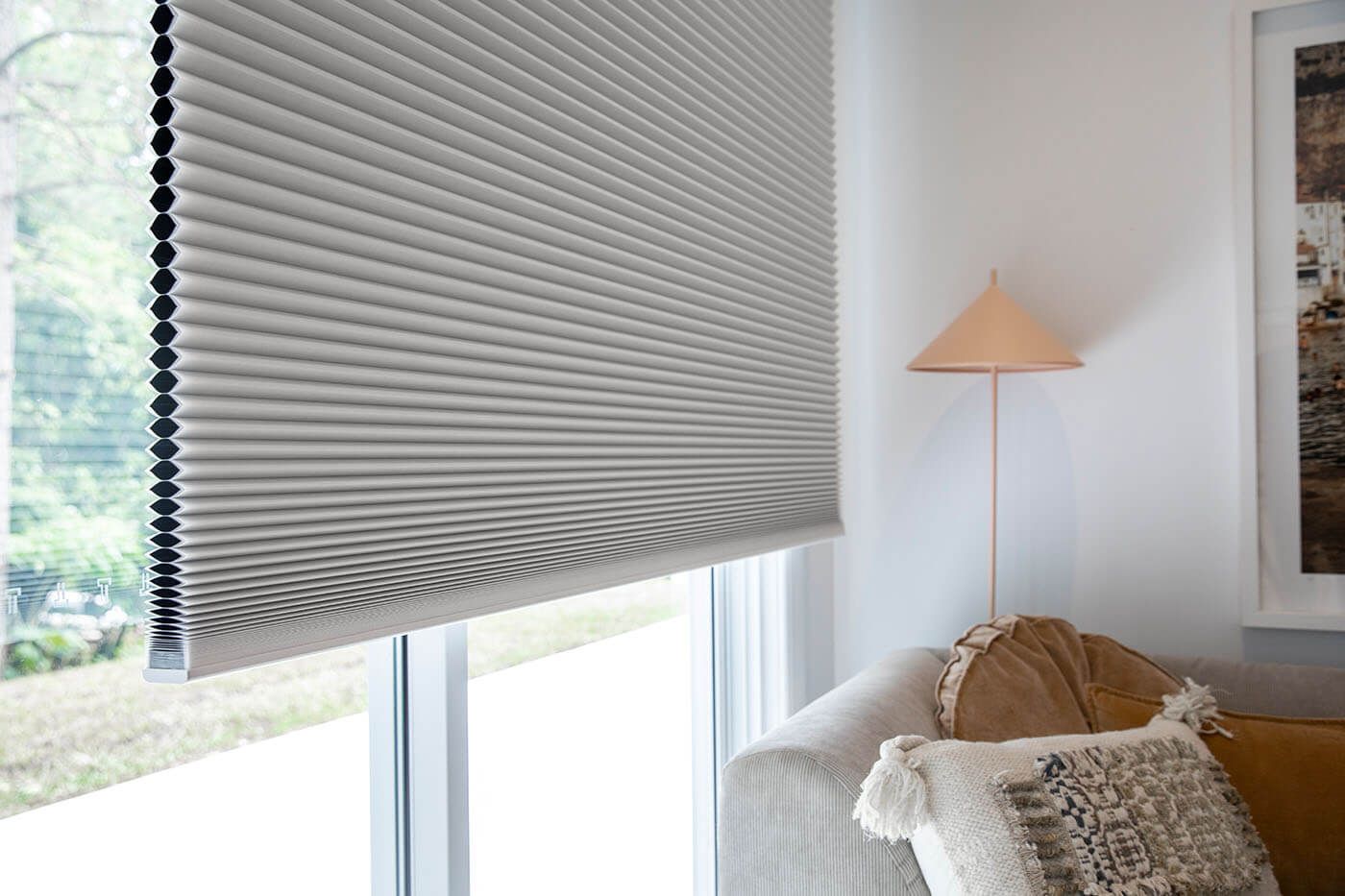
One of the main reasons homeowners turn to honeycomb blinds is for energy efficiency. These blinds act as a barrier, reducing heat loss in winter and keeping rooms cooler in the summer. In addition to energy savings, honeycomb blinds provide excellent noise reduction, making them a great choice for bedrooms, offices, and any space where quiet is valued. Double cell blinds excel in this regard, offering more sound insulation than single cell blinds.
Honeycomb blinds also come in various light-filtering options, allowing you to control the amount of natural light in your room. From room-darkening to light-filtering designs, both single and double cell blinds provide customization options to meet different privacy and lighting needs.
When to Choose Single Cell Blinds
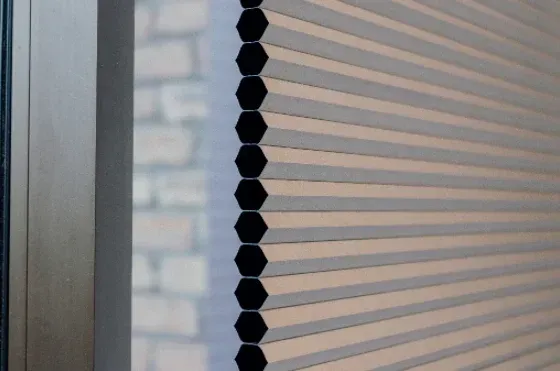
Single cell blinds might be the better option in the following scenarios:
- Tight Budget: If you are on a tight budget, single cell blinds offer a more affordable way to achieve decent insulation without compromising style.
- Clean Aesthetic: For those who prefer a cleaner, minimalist look, single cell blinds often provide a sleeker profile, which works well for large or expansive windows.
- Mild Climate: In areas with moderate temperatures, single cell blinds typically offer sufficient insulation.
When to Choose Double Cell Blinds
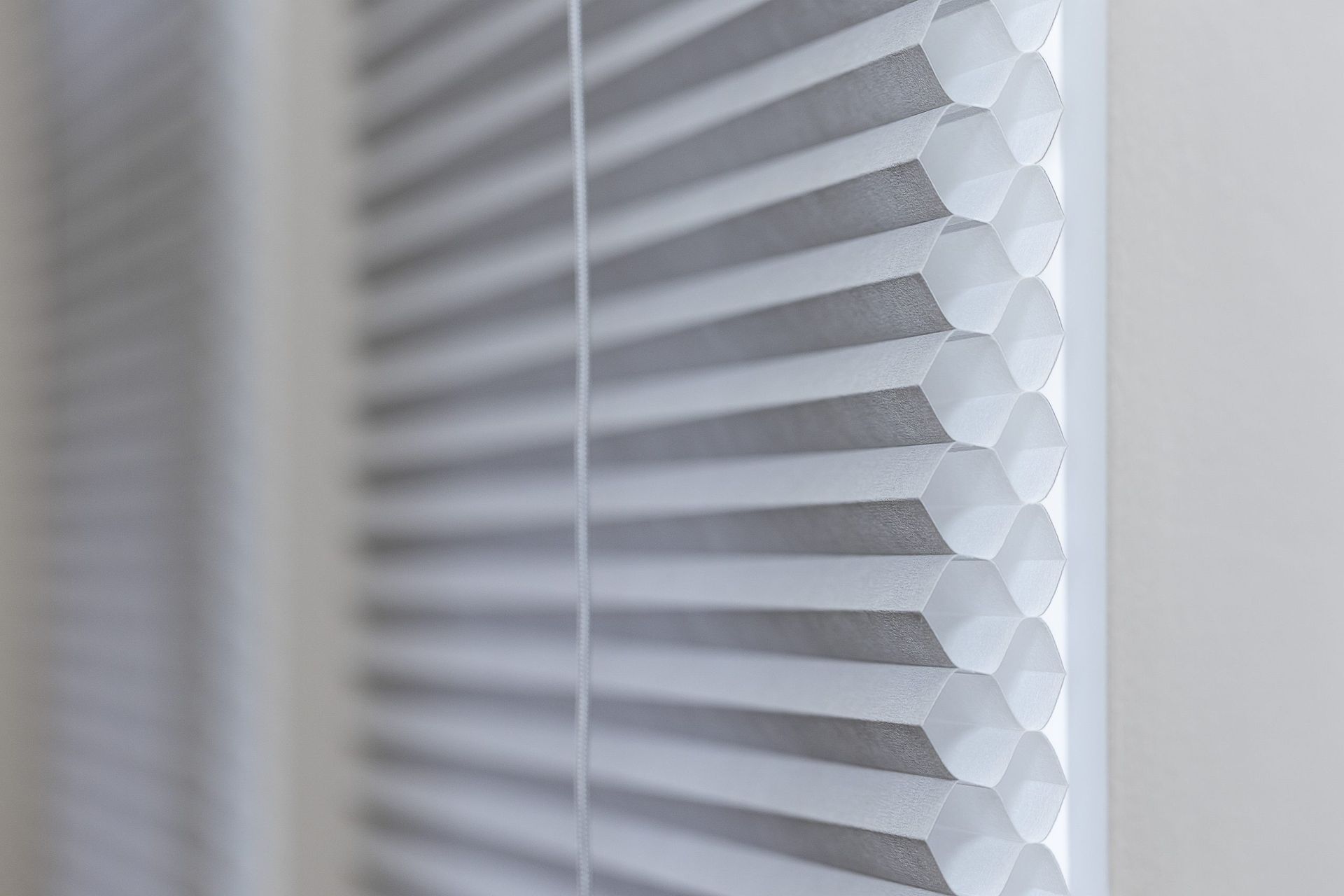
Double cell blinds are generally recommended in these situations:
- Energy Efficiency Priority: If reducing energy consumption is a top priority, double cell blinds offer the best insulation, potentially leading to noticeable energy savings.
- Extreme Climates: Homes in regions with extreme cold or hot temperatures will benefit from the double-layered design, providing enhanced temperature control.
- Noise Reduction Needs: Double cell blinds are ideal for rooms where sound insulation is important, such as bedrooms, nurseries, and home offices.
Comparisons: Single Cell vs Double Cell Blinds for Different Rooms
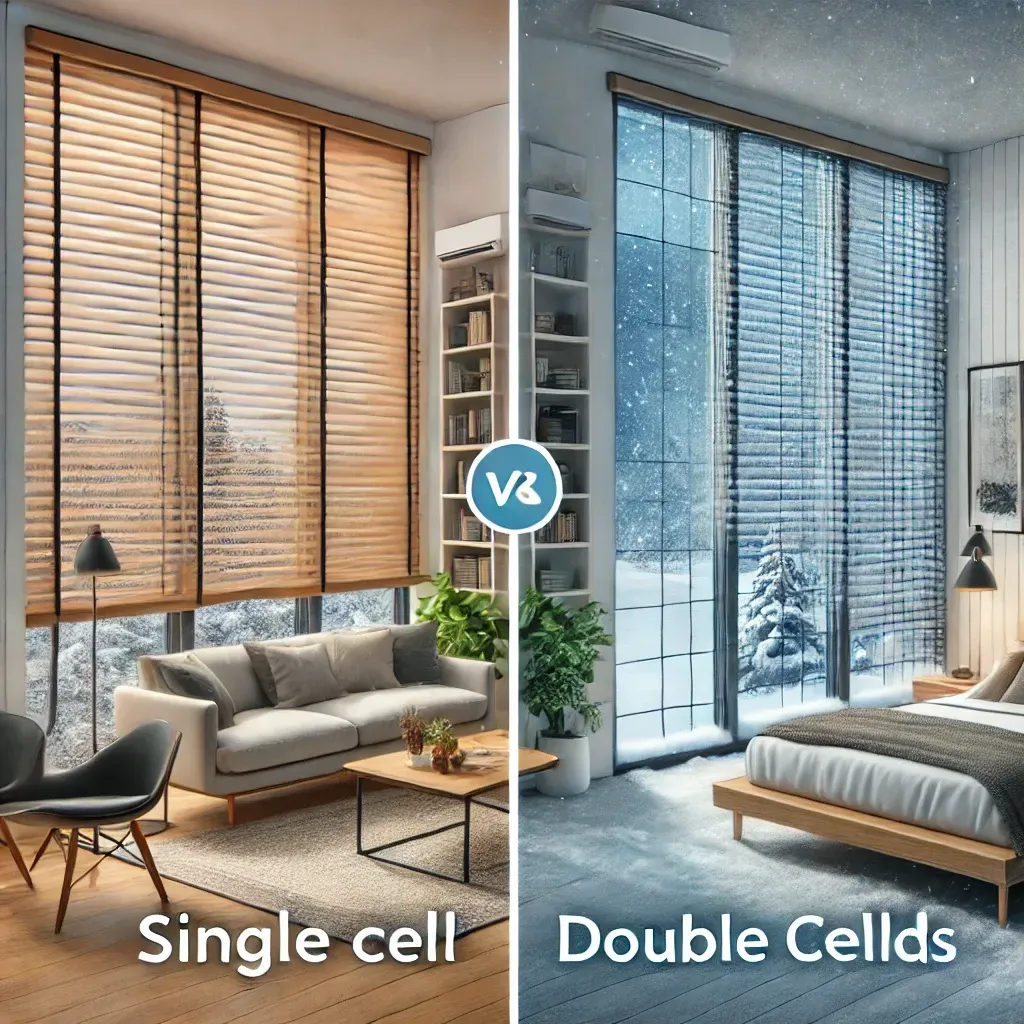
In living rooms or large windows, single cell blinds might be preferable due to their streamlined appearance and sufficient insulation. In contrast, double cell blinds are more effective in rooms like bedrooms or nurseries where temperature stability and noise reduction are essential.
For climates with harsh winters, double cell blinds can help maintain a stable indoor temperature, while single cell blinds may suffice in regions with more moderate weather. Likewise, in spaces where budget is a primary concern, single cell blinds deliver functionality without the higher cost of double cell options.
Considering Climate, Budget, and Personal Preferences
Your choice between single cell and double cell blinds depends on your unique needs and priorities. Here’s a quick recap of when each type might work best:
- Single Cell Blinds: Great for a sleek look, budget-friendliness, and mild climates.
- Double Cell Blinds: Best for energy efficiency, noise reduction, and extreme temperature regions.
Conclusion
When comparing single cell and double cell blinds, double cell blinds are generally considered better if your primary concern is energy efficiency and maximum insulation. Thanks to their extra layer of air pockets, double cell blinds provide superior temperature control, while single cell blinds remain a budget-friendly option with sufficient insulation for moderate climates. Ultimately, the best choice will depend on your priorities regarding cost, aesthetics, and climate conditions.


